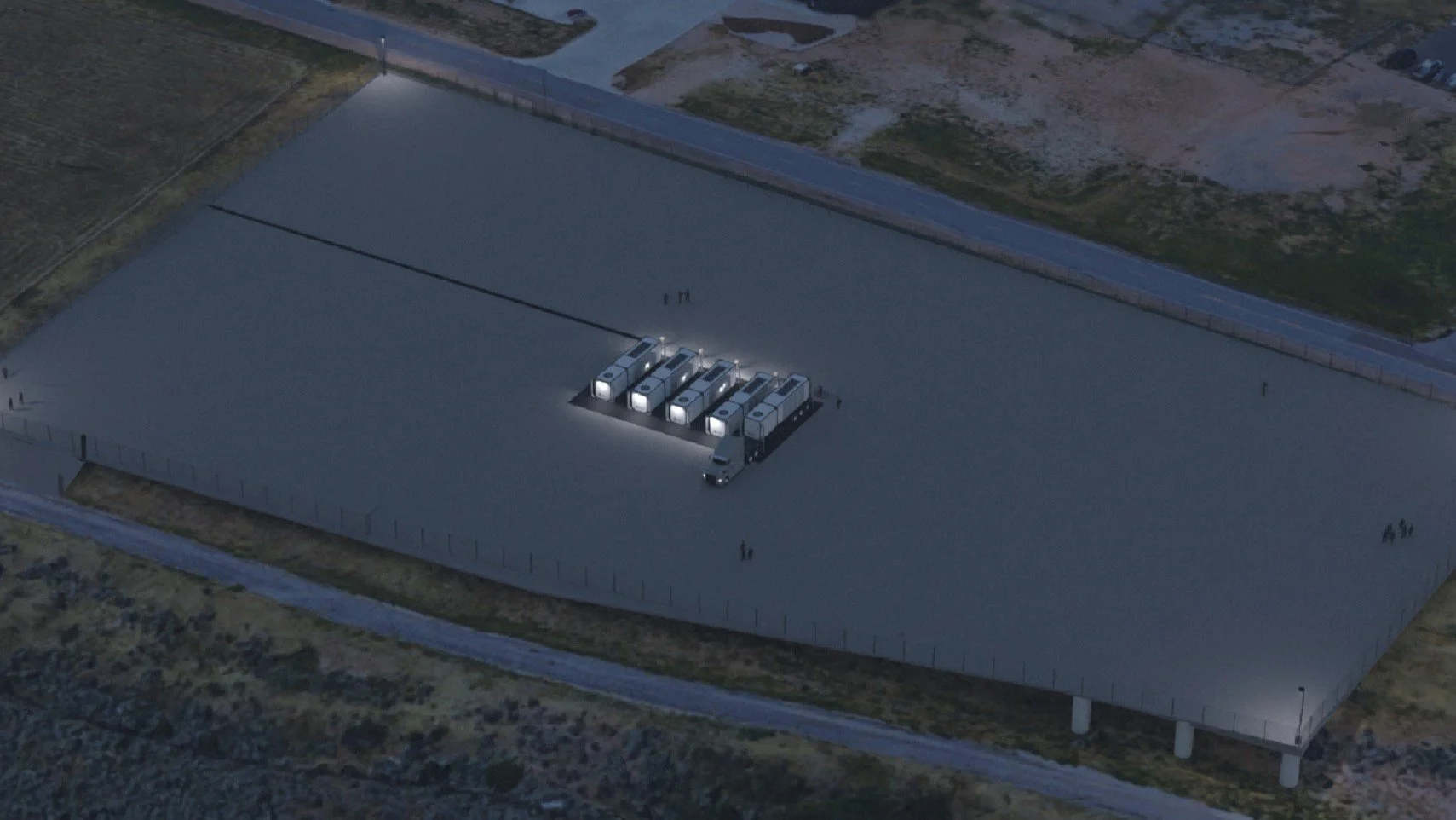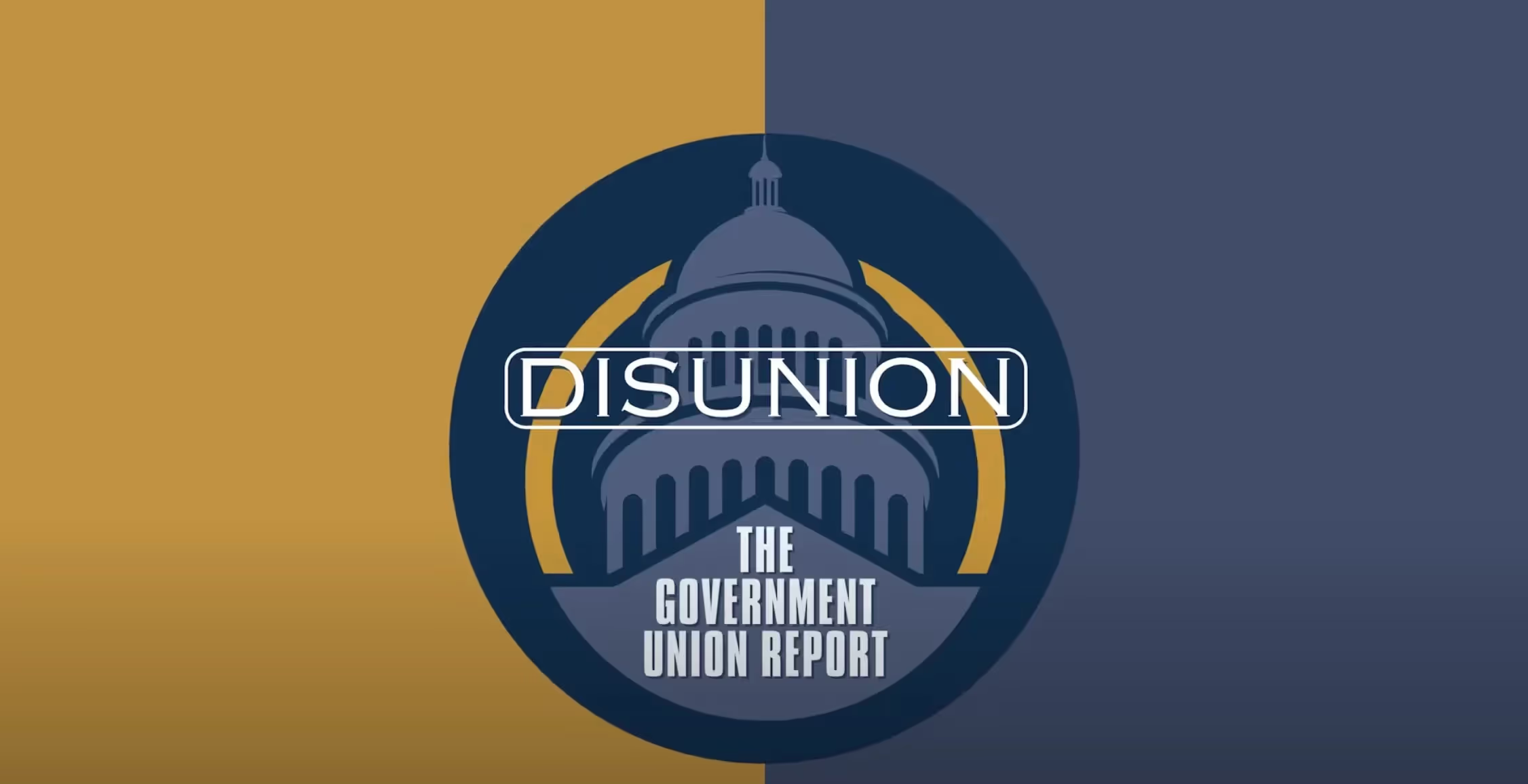
A Supreme Course Correction for NEPA
“A course correction of sorts is appropriate to bring judicial review under NEPA back in line with the statutory text and common sense.”
Congress enacted the National Environmental Policy Act of 1969 (NEPA) to ensure the federal government would consider environmental protection among its priorities. The brief statute imposed a simple requirement that federal agencies consider the environmental impacts of their activities, but imposed no substantive environmental obligations. However modest at its enactment, the burden imposed by NEPA spread like kudzu, fed and watered by expansive court decisions, ensnaring even the most worthwhile projects in years of litigation and delay. Last month, however, the Supreme Court took notice.
In Seven County Infrastructure Coalition v. Eagle County, Colorado (SCIC), the Court concluded that lower courts had overread NEPA’s requirements and disregarded federal agency expertise. Writing for the Court, Justice Brett Kavanaugh explained that NEPA, as written, “is a procedural cross-check, not a substantive roadblock” to governmental action or economic development. “The goal of the law is to inform agency decisionmaking, not to paralyze it.” Yet, NEPA had become a frequent cause of obstruction and delay for all manner of infrastructure and other projects planned or authorized by the federal government. Observing that this “legislative acorn” had “grown over the years into a judicial oak that has hindered infrastructure development ‘under the guise’ of just a little more process,” the Supreme Court cut NEPA’s requirements back down to size. Wrote Kavanaugh: “A course correction of sorts is appropriate to bring judicial review under NEPA back in line with the statutory text and common sense.”
Congress enacted NEPA as the nation’s environmental consciousness was awakening. Upon signing NEPA into law on January 1, 1970, President Nixon expressed his hope that the new law would help the nation regain “a productive harmony between man and nature.” After announcing broad aspirations, the law called upon federal agencies to incorporate environmental concerns into their decision-making processes. Specifically, NEPA required all federal agencies to produce a “detailed statement” on “the environmental impact,” “adverse environmental effects which cannot be avoided,” and potential “alternatives” to any “major Federal actions significantly affecting the quality of the human environment.” This is what is known as an “Environmental Impact Statement.”
Although NEPA’s core provision imposed a modest 'look-before-you-leap' requirement, it metastasized over time into a mandate that all federal agencies consider the potential environmental impacts of any action they could take, including the issuance of permits. By 2018, the average EIS had become an over-650-page report with 1,000 pages of appendices and would take over four years to prepare. Finishing an EIS is not the end of the matter, however, as NEPA has become “the most frequently litigated federal environmental statute,” according to the Congressional Research Service. Once an agency completes its EIS, litigation often follows, adding an average of four years to project delays.
In theory, NEPA only burdens “major” federal actions that will produce “significant” environmental effects, but agencies cannot always be sure that their judgment would be upheld in court without first producing an Environmental Assessment (EA) or attempting to assert some actions were categorically exempt. Though less extensive than an EIS, preparing an EA is also costly and time-consuming, and is subject to legal challenge.
As interpreted by the courts and regulations adopted by the Council on Environmental Quality, NEPA dramatically increased the time and expense involved in obtaining federal approvals for all manner of projects. Even efforts to clear diseased timber or conduct controlled burns to prevent wildfire have been halted by NEPA litigation. As D.C. Circuit Judge Karen Henderson noted in a recent opinion, “NEPA’s blast radius is boundless.”
Linear infrastructure, including pipelines, transmission lines, and railroads, are particularly vulnerable to NEPA because they inevitably require multiple federal approvals as the stretch across the landscape. NEPA has also imposed burdens on clean energy projects of the sort necessary to address climate change concerns. It took over two years to produce a 180-page EA for a proposed wind power project on Lake Erie. Although the EA obviated the need for a full-blown EIS, it was hardly much of a shortcut, and project opponents still filed suit alleging the EA was inadequate. Here, as is often the case, NEPA contributed its fair share of the thousand cuts that ultimately led to the project's shelving.
At issue in Seven County Infrastructure Coalition was an 88-mile railroad line in northeastern Utah. Seven Utah counties proposed the line in 2020 to connect the Uinta Basin to interstate rail lines, thereby allowing oil producers a means of shipping their product to refineries in Texas and Louisiana. Shipping oil by rail would be faster, safer, and more efficient than the alternative (trucks), but it required approval of the Surface Transportation Board (STB), so NEPA was implicated.
Because approving even this relatively short rail line would constitute a “major federal action” under current law, the STB spent over a year preparing an EIS, holding public meetings, and soliciting comments on the potential environmental effects of the project. Completed in 2021, the EIS consisted of a 600-page report, accompanied by over 3,000 pages of supporting materials, which detailed the likely environmental consequences of building and operating this single rail line in northeastern Utah.
The Board’s EIA focused on the direct impacts of the proposed rail line, such as the effects of construction on local land use, wetlands, and wildlife. It also noted that the rail line would facilitate upstream oil production in the Uinta Basin and contribute to downstream oil refining activities in other states. But the STB did not attempt to quantify these upstream and downstream effects, or their implications for climate change. Such “potential future, as yet unplanned, oil and gas development projects” would be subject to the regulation and approval of other agencies at the federal, state, and local levels and lay beyond the Board’s jurisdiction.
Project opponents sued and convinced the U.S. Court of Appeals for the D.C. Circuit that the Board’s EIS wasn’t up to snuff. Although the STB had no authority to regulate the upstream or downstream effects of the rail line, and did not even possess the authority to deny the project’s approval due to such effects, the court concluded the Board should have provided a more detailed analysis of additional oil drilling in the Uinta Basin and the consequent air pollution and greenhouse gas emissions from refining oil transported along this line. The Supreme Court, however, had other ideas.
In Seven County Infrastructure Coalition, all nine justices agreed that the D.C. Circuit had adopted an overly expansive interpretation of NEPA’s requirements—an interpretation that has been expressly repudiated in prior Supreme Court opinions. As Justice Sotomayor's opinion concurring-in-the-judgement makes clear, the D.C. Circuit opinion below was hard to square with the Court's prior decisions in Department of Transportation v. Public Citizen and Metropolitan Edison v. PANE, particularly insofar as the D.C. Circuit sought to require the STB to consider environmental impacts from independent projects beyond the STB’s jurisdiction.
The opinion for the Court by Justice Kavanaugh went even farther, rebuking lower courts for failing to recognize the limited obligations imposed by NEPA and ignoring agency expertise. NEPA’s requirements are procedural, not substantive, and are merely one part of the analysis agencies must undergo when fulfilling their legal obligations, Justice Kavanaugh explained. While courts may ensure that agencies consider the environmental aspects of their decisions, they are not to flyspeck each environmental analysis nor second-guess discretionary judgments about which environmental matters are of most concern. As with judicial review of agency action generally, Justice Kavanaugh explained, “the central principle of judicial review in NEPA cases is deference,” a point he repeated throughout his opinion. Accordingly, reviewing courts may consider whether an agency arbitrarily excluded consideration of particular environmental effects, but must reject NEPA-based challenges asking courts to second-guess an agency’s expert judgment.
After Seven County Infrastructure Coalition, each agency is to make its own determination as to the scope of environmental review necessary in the execution of that agency's statutory responsibilities, and courts are to defer to such judgments so long as they are reasonable. No longer must an agency produce an extensive disquisition on the effects of climate change to approve an 88-mile rail line in a corner of Utah.
Fitting for this moment in time, Seven County Infrastructure Coalition is a requel to Vermont Yankee. In that 1978 opinion, the Court had explained that “courts are to play only a limited role” in reviewing agency compliance with NEPA. Yet in the intervening years many lower courts ignored this admonition, enabling environmental activists and NIMBYs to weaponize NEPA’s requirements in federal courts. Justice Kavanaugh’s opinion for the Court both restores the meaning of NEPA’s statutory text and removes a significant obstacle to the infrastructure and other projects upon which continued economic and environmental progress will depend.
Cutting NEPA’s requirements down to size will help facilitate infrastructure and energy development, but Seven County Infrastructure Coalition is no silver bullet. NEPA is but one of many laws deployed against disfavored projects, and unleashing the next wave of energy and infrastructure development will require both administrative reforms and legislative action to lower hurdles and lift road blocks. The courts can only be expected to do so much.
Jonathan H. Adler is currently the inaugural Johan Verheij Memorial Professor of Law and Director of the Coleman P. Burke Center for Environmental Law at the Case Western Reserve University School of Law. Beginning July 1, he will be the Tazewell Taylor Professor of Law at the William & Mary Law School.
Economic Dynamism

The Causal Effect of News on Inflation Expectations
This paper studies the response of household inflation expectations to television news coverage of inflation.
.avif)
The Rise of Inflation Targeting
This paper discusses the interactions between politics and economic ideas leading to the adoption of inflation targeting in the United States.

Texas Stands on Commerce
Clear limits on shareholder resolutions have made Texas a model of business certainty — and business is flooding in.

America Needs Its Hidden Champions
From imaging systems to next-gen GPS, small and midsized manufacturers are quietly rebuilding America’s industrial and defense backbone.




.jpg)




.jpg)







